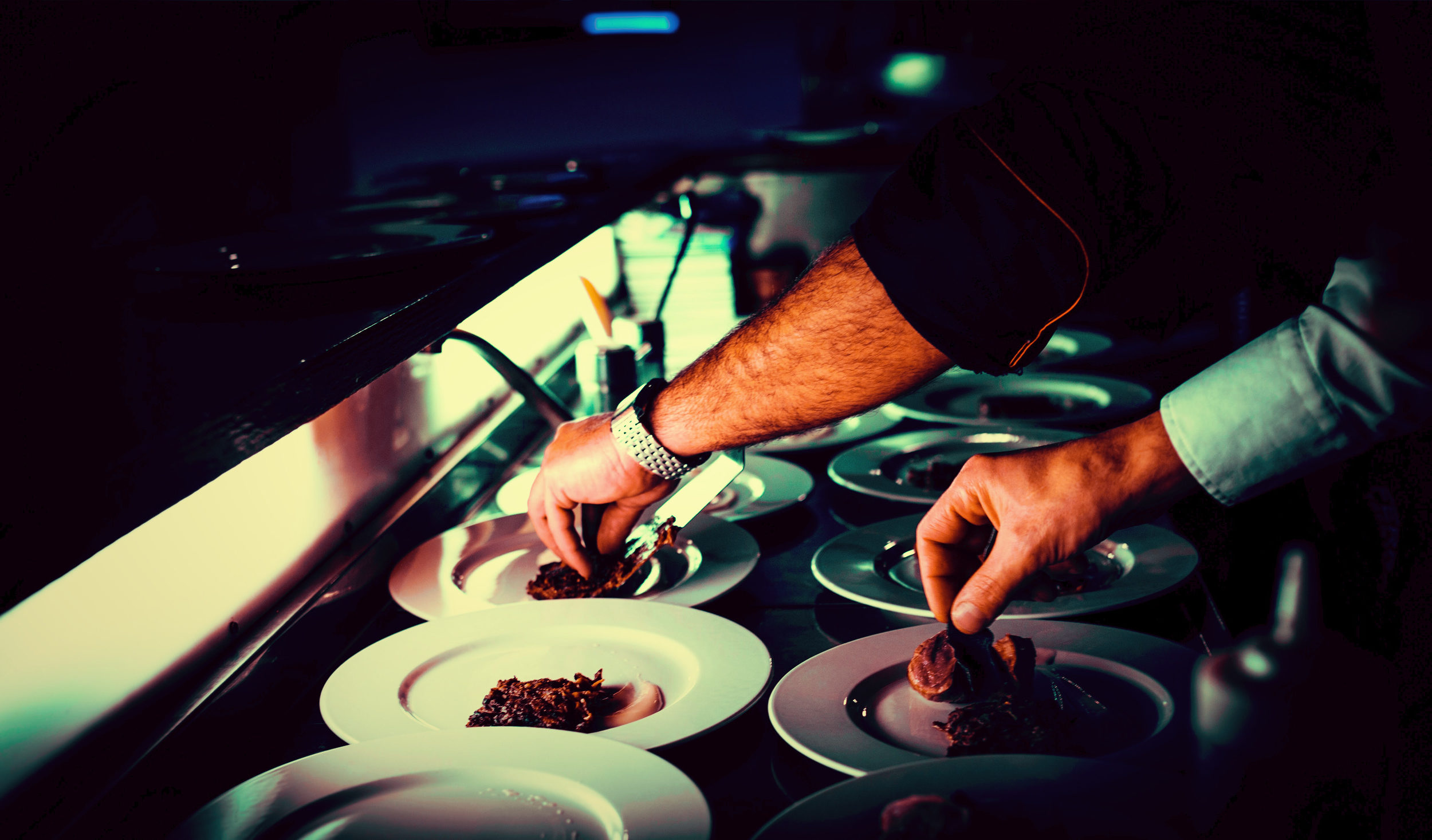In statistics, there’s a phenomenon where random variables will regress to the mean. In culinary conquests, there’s a phenomenon where humans will naturally regress to take-out food. We love ordering in and when our favorite options are less than five clicks away, it’s just too easy. However, this new abundance of take-out requires a better type of kitchen – the Ghost Kitchen. And out of this climate, we’re seeing the emergence of InstaChefs.
Why Ghost Kitchens?
From canned food to frozen food to microwavable food to fast food. America is a country that continuously outdoes itself with culinary convenience. Our latest exploit is on-demand delivery. Not a new idea. But never has it reached this scale.
Americans spent $10.2 billion on delivery services in 2018, up 42% from the previous year, according to Technomic data.
Ghost Kitchens (sometimes called a virtual kitchen) sell food without a storefront. They are delivery-only restaurants that forgo the standard high-rent and overhead which normally collapses 60% of restaurants in their first 5 years.
They exist only because there’s enough demand generated through GrubHub, UberEats, Seamless, Postmates, and the dozens of other food delivery apps. With people ordering delivery 40% more frequently, people are bound to stray from their regular choices.
Ghost Kitchens scale the variety of food options because they can meander around a lot of the obstacles restaurants face – like hiring staff to manage customers.
GrubHubbers order, the Ghost Kitchen cooks, and a Gig Worker delivers the food. Incredibly simple distribution, with very little hassle.
Ghost Kitchens Go Commercial
Ghost Kitchens traditionally might operate out of vacant or off-hours restaurants. However, seeing this promising vertical, there are many commercial kitchen providers looking to help Ghost Kitchens thrive.
Kitchen United is making it simpler for chains or one-off restaurants to expand their operations without renting expensive real estate. They lease commercial kitchen space, specifically for the on-demand delivery market. Locations tend to be in the older industrial centers of cities. This makes them near the dense population without the retail cost.
Likewise, CloudKitchens and Zuul Kitchens are both gunning for this market. CloudKitchens is founded and completely funded by Travis Kalanick, the same guy who foresaw the ride-sharing idea and started Uber. The fact that he’s doubling down on an offshoot of the market he created is worth noting. And I would stack my chips behind his “smart kitchens for delivery-only restaurants”.
Also these commercial smart kitchens aren’t only for low-risk restaurant upstarts.
Even chain restaurants are attracted to the idea because it may help them fulfill all their delivery orders off-premise, leaving their stores open to customers that come in. One of the lead investors in Zuul described their service as such:
… he uses the analogy of Amazon Web Services, the arm of the e-commerce giant that gives companies – big and small – access to cloud computing. In his mind, Zuul will do the same for restaurants’ ability to meet delivery demand.
Amelia Lucas, CNBC
Everyone is feeling the uptick in delivery orders and need ways to fulfill orders at a low overhead cost. Those with the best brand (and lowest operating cost) will expand and win, whether they are chains, mom-and-pop shops, or Ghost Kitchens.
And I think there’s something that can be learned of another culinary phenomenon.
InstaChefs
Going even a step beyond the Ghost Kitchen madness with no storefront and no delivery app is the InstaChef. They are former chefs, passionate cooks, or just a person with a killer recipe who sell their food via Instagram.
InstaChefs have found the lowest risk way of launching into a culinary career. They’ll promote their upcoming menu on Instagram, drop a location, and then for a day (until supplies last) they’ll sell their food to Instagram followers.
InstaChefs are incredible food marketers. They’re hustlers who promote their “food porn” on Instagram and turn those eyeballs into dollars. Many have cult followings on Instagram that salivate, waiting for them to drop the next pop-up food location.
Ryan
It’s like a modern form of charging people to come to your neighborhood bbq – but since the whole town knows you make the best pulled pork, they’ll happily pay.
If you are interested in this phenomenon, Cliff Skighwalker and Thrillist are doing an incredible job highlighting these Instagram cooks in their show InstaChef. Just a few of the notable chefs you might be able to find in your city:
- Cliff’s Pizza – Detroit
- On Pho’nem – Chicago
- Chef Baul – Atlanta
- Gabrielle McBay – Dallas
- Chef Ryan Tapp – New Orleans
- Chef J.frank – Houston
- MoeBetta – Miami
- Chef Gee – DC
As I said before, venturing into this entirely digital food ordering space means that only two things will win customers’ hearts. A great brand and the customer’s food mood.
Moods are molded by marketing.
The best food marketers are going to win hugely in this new era of Ghost Kitchens and delivery abundance. I think there’s something InstaChefs and Ghost Kitchens can learn from one another. And I can even see collaborations as well. But I’ll let you read between the lines.
